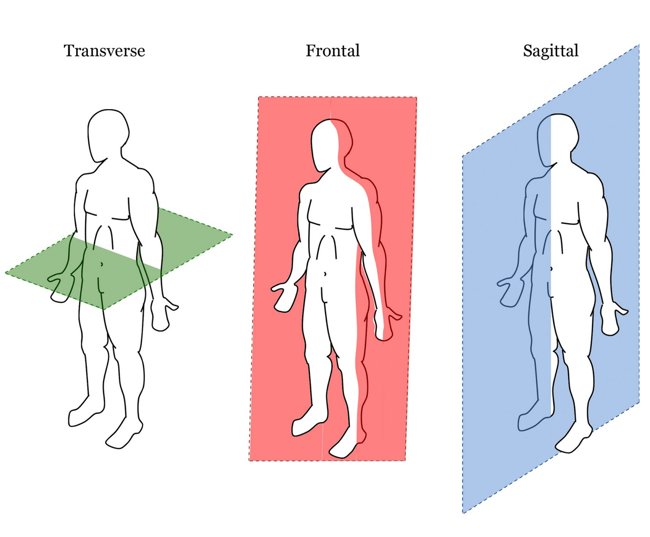HDL Cholesterol and LDL Cholesterol Explained: Made Easy to Understand
Cholesterol frequently gets a bum rap, but it’s necessary for your body to function properly.
Cholesterol is a waxy substance a bit like fat. It moves around your body via your bloodstream, in packages called lipoproteins. These packages are made of fat on the outside (lipo) and protein on the inside (protein).
Sometimes, these lipoproteins leave cholesterol in your arteries, which contributes to the build-up of plaque and increases your risk of heart disease and stroke.
Rather than two different kinds of cholesterol that are ‘good’ and ‘bad’, there are two different types of lipoproteins that cholesterol travels in. Having some of both types of lipoproteins is essential for good health.
High-density lipoproteins (HDL cholesterol) the ‘good’. They remove cholesterol from your arteries and take it back to your liver to process and eliminate.
Low-density lipoproteins (LDL cholesterol) the ‘bad’ cholesterol. They leave cholesterol in your arteries.
While you need some LDL and HDL cholesterol for your body to work properly, too much cholesterol in total can lead to health problems, as the extra LDL cholesterol builds up in your arteries.
Below are a few lifestyle habits to follow to lower cholesterol.
- Following a balanced diet
- Lower intake of saturated fats
- Remaining physically active and avoiding a sedentary lifestyle
- Manage your blood pressure
- Maintain a healthy body weight
- Quit smoking
If your cholesterol is high, your Doctor might prescribe medication that can help lower cholesterol too.
References:
Liu, J., Sempos, C., Donahue, R., Dorn, J., Trevisan, M. and Grundy, S., 2020. Joint Distribution Of Non-HDL And LDL Cholesterol And Coronary Heart Disease Risk Prediction Among Individuals With And Without Diabetes.
Van Lenten, B., Hama, S., de Beer, F., Stafforini, D., McIntyre, T., Prescott, S., La Du, B., Fogelman, A. and Navab, M., 2020. Anti-Inflammatory HDL Becomes Pro-Inflammatory During The Acute Phase Response. Loss Of Protective Effect Of HDL Against LDL Oxidation In Aortic Wall Cell Cocultures.




